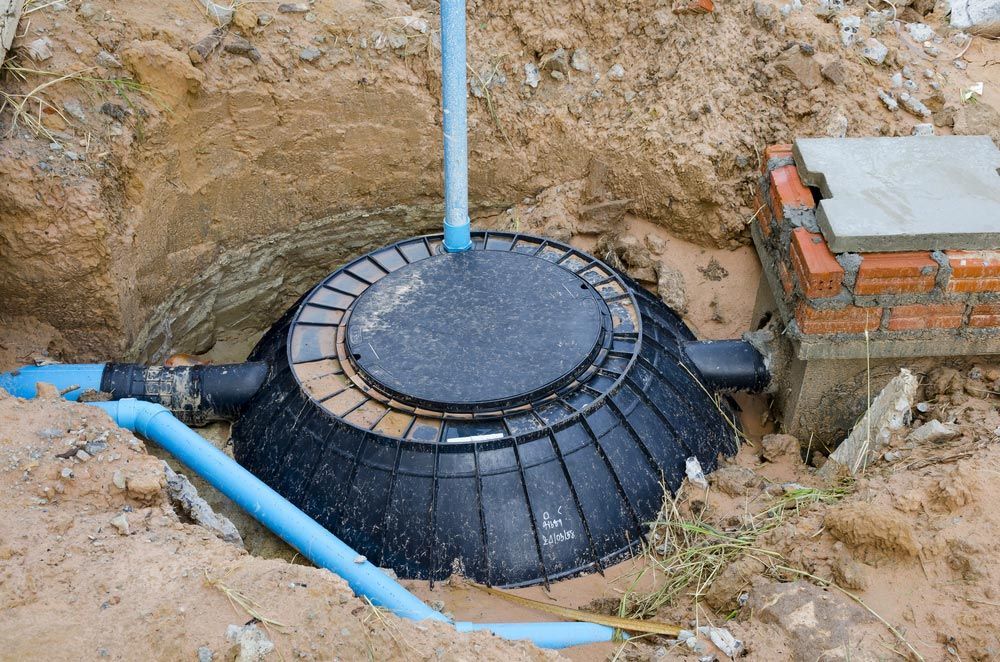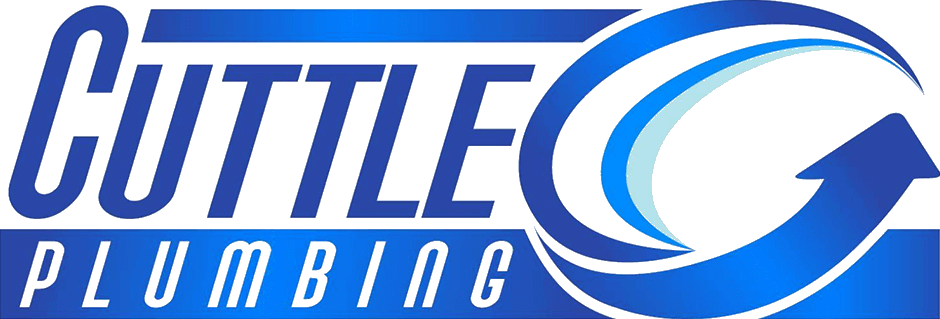Choosing the Right Septic Tank for Your Property: Size, Material & Type

When you own a property in a rural or regional area, a reliable wastewater system is not just a convenience—it’s a necessity. Whether you’re building a new home, upgrading an existing system, or managing a development project, selecting the right septic tank or aerated treatment system requires careful consideration. From household size and site conditions to council regulations and ongoing maintenance, every factor ensures your septic system performs efficiently for years. Here’s a practical guide to help you make an informed decision.
Understanding Septic Tank Sizes: How to Match Capacity to Your Household Needs
The first step in selecting a septic system is determining the correct size to handle your household’s wastewater needs. A system that’s too small may overflow or require frequent pumping, while an oversized system may not function as efficiently as intended.
Household water usage is the primary factor. The number of occupants, the number of bathrooms, laundry habits, and even the frequency of guests can influence daily wastewater output.
- A small household of two to four people may require a septic tank capacity of around 3000 litres.
- Larger households or properties with multiple bathrooms and higher water usage may need tanks ranging from 4000 to 5000 litres or more.
- Future expansions, such as adding bedrooms or granny flats, should be factored in at the planning stage.
Assessing Your Property’s Site Conditions Before Installation
Every property presents unique environmental conditions that influence septic system design and placement. A system that works well on one block may not be suitable for another due to varying soil types, slopes and groundwater levels.
Several critical site factors must be considered:
- Soil type: Sandy soils may drain too quickly, while clay-heavy soils may struggle to absorb wastewater efficiently.
- Slope: Steep sites require specialised planning to ensure even distribution of effluent and prevent runoff.
- Groundwater levels: High water tables can increase the risk of contamination if not managed correctly.
- Access: Adequate site access is essential for machinery installation and future maintenance visits.
A detailed property assessment helps identify any challenges early, allowing for system designs that accommodate site conditions while ensuring reliable performance over time.
Material Options for Septic Tanks: Pros & Cons of Concrete, Poly & Fibreglass
The material used in constructing your septic tank can affect installation, longevity and maintenance needs. Each option has its benefits, and selecting the right material depends on your site conditions and personal preferences.
- Concrete tanks: Extremely durable, stable in the ground, and well-suited for heavy clay soils. They offer excellent longevity but are heavy and may require more complex installation equipment.
- Polyethylene (poly) tanks: Lightweight, corrosion-resistant, and easier to transport. They’re ideal for sites with limited access or softer ground conditions.
- Fibreglass tanks: Similar to poly tanks but generally more rigid. They resist corrosion but require careful handling during installation to avoid cracking.
Aerated Wastewater Treatment Systems: When Are They the Better Choice?
A conventional septic tank may not be the most suitable option for some properties. Aerated Wastewater Treatment Systems (AWTS) offer a higher level of treatment, recycling wastewater for safe reuse in approved irrigation areas.
AWTS are particularly beneficial for:
- Properties with limited space for absorption trenches.
- Sites with poor drainage or unsuitable soils.
- Homeowners are looking for an environmentally responsible water recycling solution.
Aerated systems introduce oxygen into the wastewater to support bacteria that break down solids more efficiently, producing a higher-quality effluent.
Council Regulations & Compliance: What Armidale Property Owners Need to Know
Septic tanks and aerated treatment systems in Armidale must meet strict council regulations to protect public health and the environment. These rules govern system design, installation and maintenance.
Key compliance requirements include:
- Submit an onsite wastewater management plan with your building application.
- Conducting soil tests to determine a suitable absorption area design.
- Securing council permits before commencing installation.
- Passing final inspections to verify correct installation and system function.
Adhering to these requirements ensures that systems remain compliant, environmentally responsible, and capable of managing wastewater safely for years.
Installation Considerations: Planning for Long-Term Performance
Proper installation is crucial to the success of any septic system. Even the highest-quality system can fail if poorly installed or located incorrectly. Several factors must be carefully planned during installation.
Important installation elements include:
- Tank positioning: The system must be located where it can be easily accessed for pump-outs and servicing.
- Drainage field design: Absorption trenches must be sized and located correctly to handle effluent safely.
- Ventilation: Proper venting prevents gas buildup and supports biological processes inside the tank.
- Heavy traffic avoidance: Tanks and trenches should be located clear of driveways or structures to prevent damage.
The system is set up for reliable, long-term operation with minimal maintenance disruptions by addressing these considerations during installation.
Ongoing Maintenance & Servicing of Your Septic System
Routine maintenance keeps your septic or aerated treatment system performing safely and efficiently. Regular servicing not only prevents expensive repairs but also extends the lifespan of your investment.
Typical maintenance tasks include:
- Pumping out accumulated sludge every three to five years.
- Inspecting baffles, pumps and filters to ensure they’re functioning properly.
- Monitoring irrigation areas for blockages, pooling water or leaks.
- Checking aeration systems and ensuring sufficient bacterial activity for proper treatment.
Expert Consultation: Simplifying the Entire Process
Navigating the complexities of septic system installation, council approvals and ongoing maintenance can be overwhelming for many property owners. Engaging professional assistance helps streamline the process, ensuring every stage is handled correctly and efficiently from start to finish.
Services typically include:
- Property inspections and site assessments
- Professional recommendations on system types and sizing
- Supply and installation of both septic and aerated systems
- Full management of council approvals and inspections
- Ongoing maintenance, servicing and compliance reporting
With professional support, property owners can feel confident knowing every aspect of their wastewater system is designed, installed and maintained for long-term reliability.
Book a Consultation for Septic Tanks in Armidale
At Cuttle Plumbing, all our technicians are certified and experienced in installing, inspecting, and servicing septic tanks and aerated treatment systems in Armidale. From expert advice and council approvals to installation and servicing, our team handles it all. Get in touch via our contact page or give us a call to arrange a consultation.




